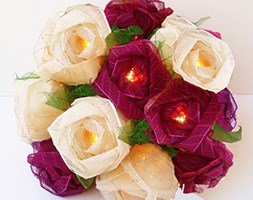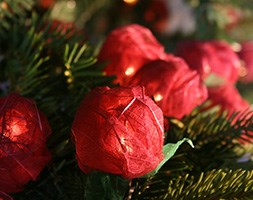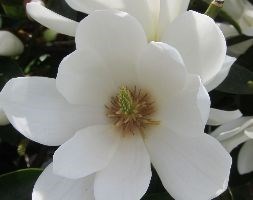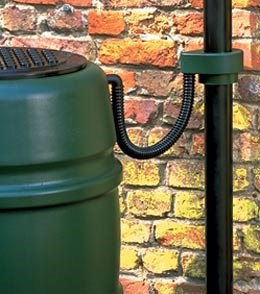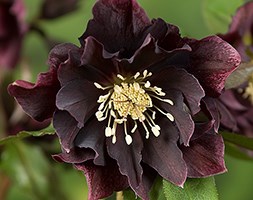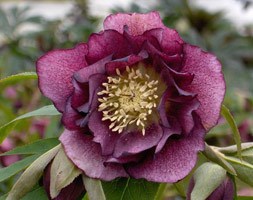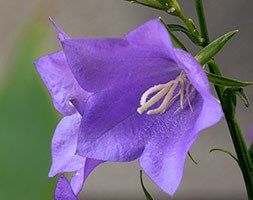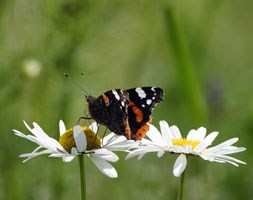New products at Crocus
by Sarah - October 29th, 2014.Filed under: Crocus, New Products.
Crocus has these new products today
Burgundy and cream rose string lights £29.99
Fashioned from real leaves on a four meter white cable, each of the 20 roses in this set comprise of 12 rubber treated tree leaves fashioned into a rose. This unique design gives a warm, ambient glow to any room. Each flower is approximately 5cm long.
Burgundy rose string lights £29.99
Fashioned from real leaves on a four meter white cable, each of the 20 roses in this set comprise of 12 rubber treated tree leaves fashioned into a rose. This unique design gives a warm, ambient glow to any room. Each flower is approximately 5cm long.
Red rose string lights £29.99
Fashioned from real leaves on a four meter white cable, each of the 20 roses in this set comprise of 12 rubber treated tree leaves fashioned into a rose. This unique design gives a warm, ambient glow to any room. Each flower is approximately 5cm long.
Magnolia ‘Fairy Magnolia White ‘MicJur05′ (PBR)’ (fairy magnolia) £19.99
Position: full sun or partial shade Soil: any moist but well-drained soil Rate of growth: average to fast Flowering period: March to May Hardiness: fully hardy Another wonderful new magnolia from the renowned New Zealand breeder Mark Jury, this white-flowering evergreen produces its flowers along the stems (not just at the tips), so you get masses of flowers. The main flowering period is spring, however it is not uncommon to have them appear off and on right through summer and into autumn. A very beautiful specimen, they are also great for hedging as they do not mind being clipped back. It may be worth pointing out that in colder winters it may shed most (if not all) of its foliage. Garden care: Plant in a sheltered spot, away from strong winds. Requires minimal pruning. Remove any broken, diseased or crossing branches in spring. Mulch in spring with manure or leafmould, especially on dry soils.
Harcostar universal rain trap £10.99
A rain trap enables water to be diverted from your down pipe into your water butt. When the water butt is full, the rain trap will redirect water back down the down pipe. The rain trap connects to all 63mm, 68mm, 80mm, 100mm round down pipes, as well as 61mm sq and 65mm sq square down pipes. Thanks to the flexible connecting hose, your water butt doesn’t have to be directly in front of a down pipe. Each rain trap comes with a 0.5m of flexible hose, so please measure up beforehand and if you need extra, order the length you need by clicking on longer length of connector hose (link below). Remember: hoses can’t be joined together. The colour (black or green) refers to the rain trap fitted on the downpipe the connector pipe is always in black.
Helleborus x hybridus ‘Double Ellen Purple’ (hellebore Double Ellen Purple) £9.99
Position: partial shade Soil: heavy, neutral to alkaline soil Rate of growth: average Flowering period: February to April Flower colour: dark purple Other features: all parts of the plant cause severe discomfort if ingested; the sap may cause skin irritation Hardiness: fully hardy A new introduction with deepest purple petals (the outermost often with a smattering of lighter speckles), surround the spider-like creamy yellow centre. Their brooding colouring adds depth to the planting scheme when mixed with softer shades of pink and lilac. Garden care: Add lots of well-rotted leaf mould or organic matter to the planting hole. Cut the old leaves back down to the ground in January or February as this will show off the new emerging flowers to best effect. It will also help to get rid of foliar diseases such as Hellebore leaf spot. Apply a generous 5-7cm (2-3in) mulch of well-rotted organic matter around the base of the plant in autumn and provide a top-dressing of general fertiliser each spring. Cut off the seed heads to prevent inferior seedlings colonising.
Helleborus x hybridus ‘Double Ellen Red’ (hellebore Double Ellen Red) £9.99
Position: partial shade Soil: heavy, neutral to alkaline soil Rate of growth: average Flowering period: February to April Flower colour: reddish-pink Other features: all parts of the plant cause severe discomfort if ingested; the sap may cause skin irritation Hardiness: fully hardy Heavily spotted, red-pink flowers and dark green foliage, make these perennials a fine addition to winter-themed containers, especially when under-planted with early spring flowering bulbs. Their dainty appearance belies their tough and resilient nature. Garden care: Add lots of well-rotted leaf mould or organic matter to the planting hole. Cut the old leaves back down to the ground in January or February as this will show off the new emerging flowers to best effect. It will also help to get rid of foliar diseases such as Hellebore leaf spot. Apply a generous 5-7cm (2-3in) mulch of well-rotted organic matter around the base of the plant in autumn and provide a top-dressing of general fertiliser each spring. Cut off the seed heads to prevent inferior seedlings colonising.
Campanula persicifolia (bellflower) £5.99
Position: full sun or partial shade Soil: fertile, moist, well-drained, neutral to alkaline soil Rate of growth: av erage Flowering period: June and July Hardiness: f ully hardy Elegant rosettes of narrow green leaves and exquisite lilac blue flowers in summ er Garden care: Protect the tender foliage from slugs and deadhead regularly. Apply a generous 5-7cm (2-3in) mulch of well-rotted compost around t he base of the plant in spring. Stake with bamboo canes or brushwood in spring b efore the flowers appear. Deadhead to prolong flowering
Leucanthemum vulgare (ox-eye daisy) £2.49
Position: full sun Soil: moist, well-drained soil Rate of growth: fast-growing Flower colour: white Other features: toothed, dark green leaves, excellent informal cut-flowers Hardiness: fully hardy Large, white, daisy-like flowers with yellow centres on long stalks. This native wildflower is commonly found growing in bold swathes on grassy banks and roadside verges from June to August. Perfect for naturalising in a sunny wildflower meadow, where it will create a carpet of flowers. This packet contains enough seeds for 1sq m of meadow – more if they are started off in a seed tray and grown on a little before planting out. Garden care: Divide over-congested clumps in autumn or spring. Sow: March – October Flowering: May – July Approximate quantity: 1350 seeds.







